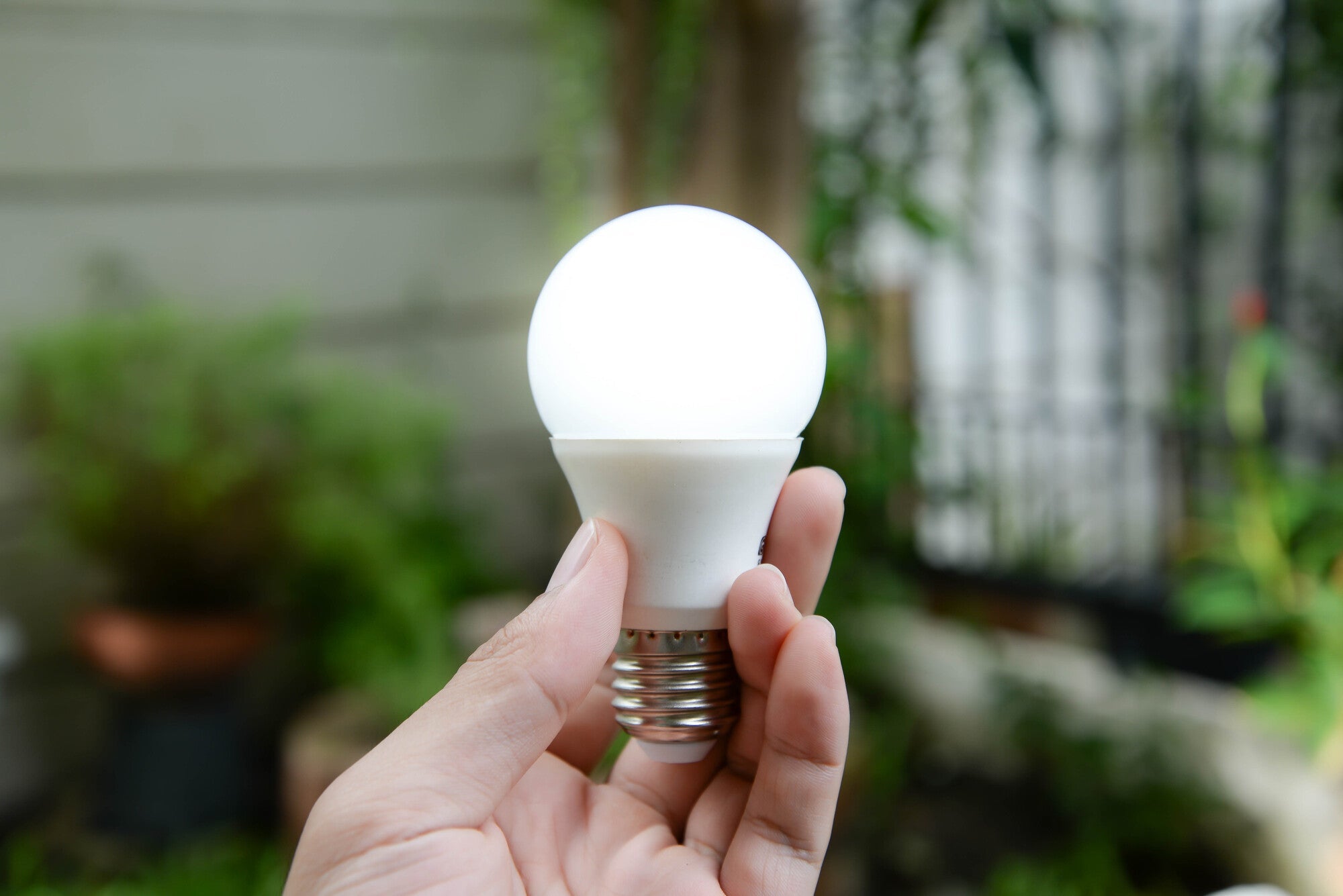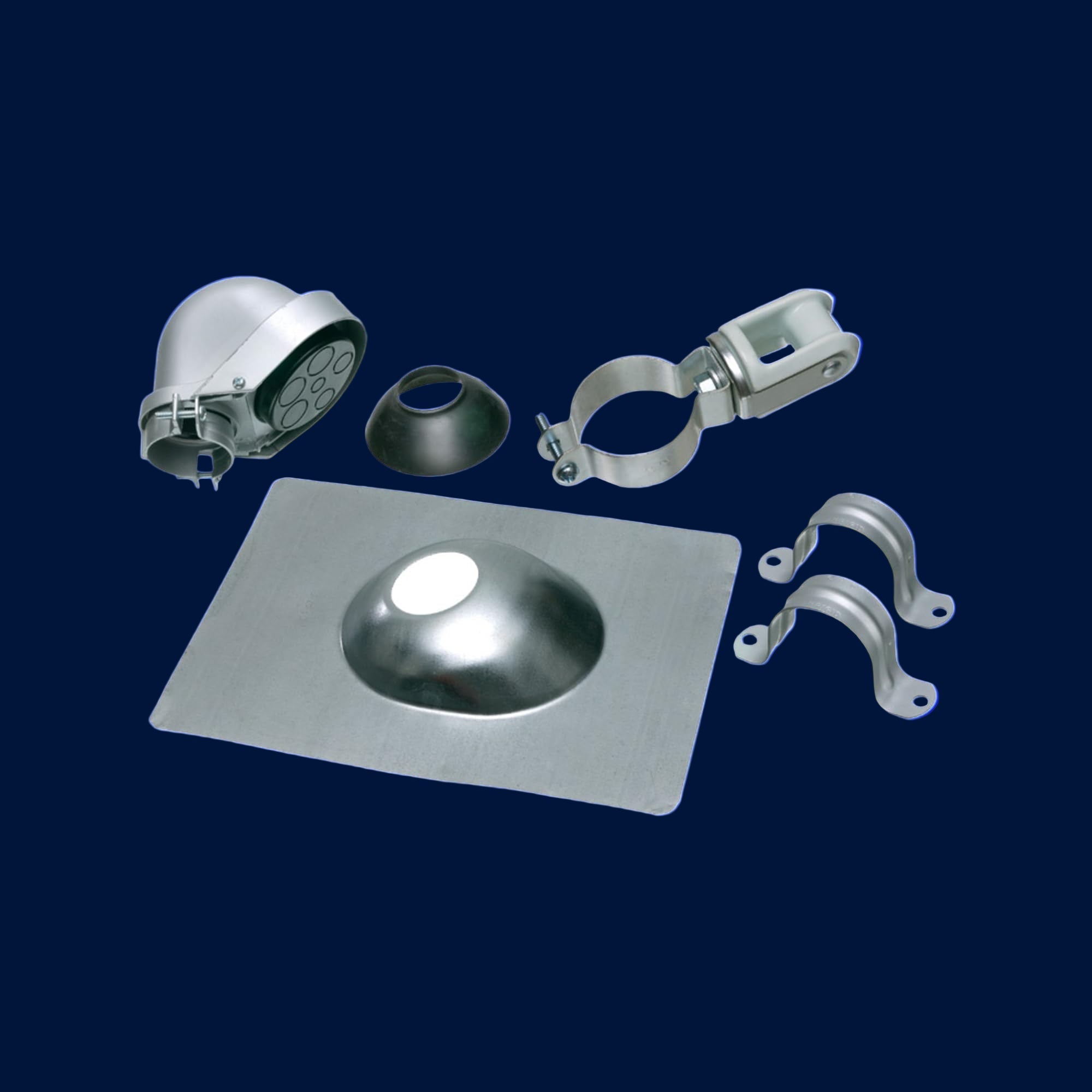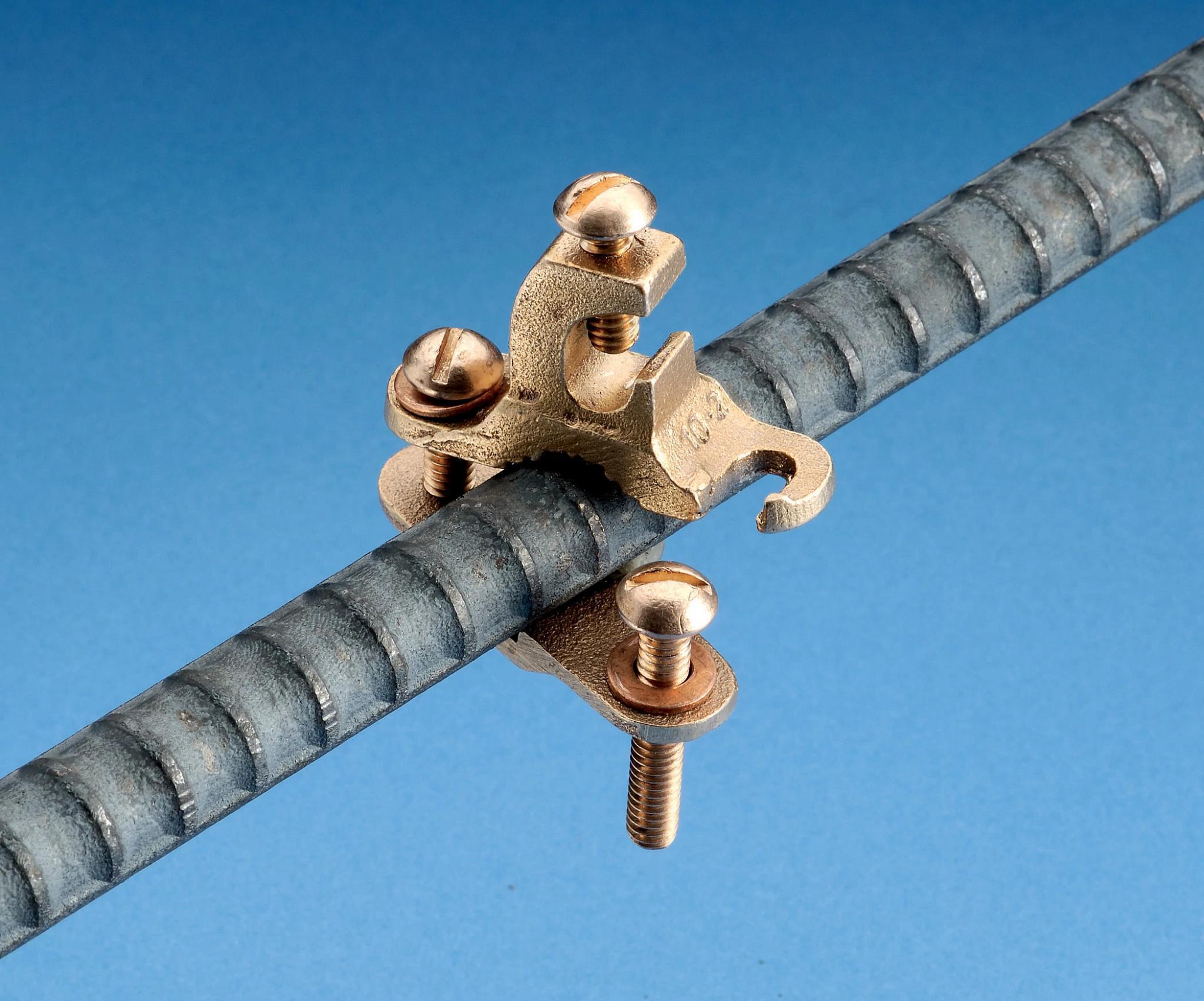LED lights shine with benefits. They are kind to your wallet and the Earth's well-being. These bulbs demand less power than traditional lighting, significantly cutting down on energy consumption. LED technology converts a higher percentage of electricity into light, meaning less is wasted as heat.
This efficiency means power plants burn fewer fossil fuels, reducing greenhouse gas emissions. LED bulbs boast long lives and are not just energy savers. With fewer replacements needed, waste diminishes. LED lights do not contain harmful substances like mercury, often found in fluorescent bulbs, making them safer for you and the planet.
Sonic Electric champions the green transition with premier landscape lighting supplies. Our selection transforms outdoor areas into enchanting, energy-conserving spaces. We equip contractors, electricians, architects, and thoughtful homeowners with the tools to create sustainable outdoor havens. Imagine landscape lighting that respects the environment, using less energy and reducing impact on natural habitats.
LED Lighting Minimizes Carbon Emissions Boosting Environmental Sustainability
LED lights have an edge over traditional bulbs due to their minimal energy consumption. They require significantly less power to emit the same level of brightness. Think about a busy office building or a shopping center – both places need lights for extended periods. Swapping out older, less efficient bulbs for LEDs could lower the amount of energy a building uses. With less power required, there are fewer carbon emissions from power plants, which often burn fossil fuels to create electricity.
This improvement in energy efficiency also means electricians and contractors can install LED lights in new buildings with the confidence that they are providing a sustainable solution. For homeowners and architects, this represents an opportunity to design and live in spaces that align with a commitment to environmental care.
Over time, with the adoption of LED lighting, the collective energy savings lead to a slower pace of climate change. It’s a simple change with profound benefits, something everyone involved in building and maintenance should consider.
Highly Efficient LED Lights Cut Down on Energy Use
Energy efficiency ranks high on the list of advantages of LED lighting. LEDs convert a considerable portion of energy into light rather than wasting it as heat. Think about a standard incandescent bulb – it gets hot quickly. That’s a lot of wasted energy just to make heat, not light. LEDs shift that balance in favor of light, showing that they do more with less energy.
Contractors and electricians will find this efficiency translates to lower utility bills, a selling point they can pass on to customers. For architects, it means the ability to design systems that are not only visually impressive but also cost-effective. Homeowners enjoy not only the aesthetic improvements that come with a well-lit space but also the pleasure of saving money.
This positive impact extends beyond individual homes and buildings into the broader power grid. Reducing overall energy use lessens the strain on our energy resources, ensuring they last longer and work better for everyone.
Long-Lasting LEDs Reduce Waste and Minimize Landfill Contribution
Another major benefit of LED lighting is its longevity. LEDs outlive typical bulbs by thousands of hours. This means they don’t need to be replaced as often. For example, a bulb that might last a year in a heavy-use area, like a kitchen or a hallway, might see an LED alternative last several years. Fewer replacements mean less manufacturing, packaging, and transportation – all of which have positive environmental implications.
Contractors installing LED lights know their job today will stand the test of time. Electricians can reassure their clients that reduced maintenance and replacement expenses offset the up-front cost of LED lighting. For architects and homeowners, this longevity means both style and substance: the design remains untainted by constant change, and the substance of fewer bulbs used is a boon for the environment.
LED Lights Emit Little Heat, Decreasing Energy Wastage
Conventional lighting sources like incandescents convert a substantial amount of the energy they draw into heat. This is energy that's not being used for its intended purpose – to illuminate. In contrast, LED lights operate differently. A striking aspect of LED technology is how cool it remains, even after hours of usage. This characteristic is not just a happy accident; it's a direct result of the efficient way LEDs produce light.
Less heat means less energy waste, directly affecting the environment. With lowered heat output, LED bulbs contribute to a cooler room, reducing the need to use air conditioning on warm days. Imagine a city full of buildings using LEDs; the collective cooling effect would be significant, lowering the urban heat island effect that many cities battle.
The excellent operating temperature of LEDs stands out, especially in climate-controlled environments like retail spaces and offices. Here, electricians and contractors have a strong argument for advising their clients toward LED solutions. Homeowners who choose LEDs can enjoy their comfort without worrying about increased utility bills due to lighting.
Replacing Traditional Bulbs with LEDs Reduces Use of Resources
The shift to LEDs makes even more sense when considering the resources required to produce a single light bulb. Traditional light bulbs may seem insignificant, but the cumulative effect is considerable. The materials add up from the glass used for the bulb to the metal for the filament, not to mention the energy expended in manufacturing.
LEDs require fewer resources over time, primarily because they last longer. This reduces the demand for production, resulting in fewer raw materials. This cycle of reduced demand and reduced production can help ease the draw on earth’s resources.
Architects can integrate LEDs into their designs to ensure a building's lighting needs are met for years without frequent replacements. For contractors and electricians, the message is easy to share – switching to LEDs means their clients invest in products requiring less frequent production and replacement, thereby conserving resources.
Your Trusted Electric Supply Store for Eco-Friendly Choices
At Sonic Electric, your project flourishes with our support as your trusted electric supply store. We provide diverse, eco-conscious electrical and lighting solutions. Our products reflect our dedication to sustainability, offering an extensive range of items that help reduce both your carbon footprint and operational costs. Contact Sonic Electric for a brighter, cleaner tomorrow.






Share:
How Do Bathroom Exhaust Fans Work?
The Importance Of Strategic Carbon Monoxide Detector Placement